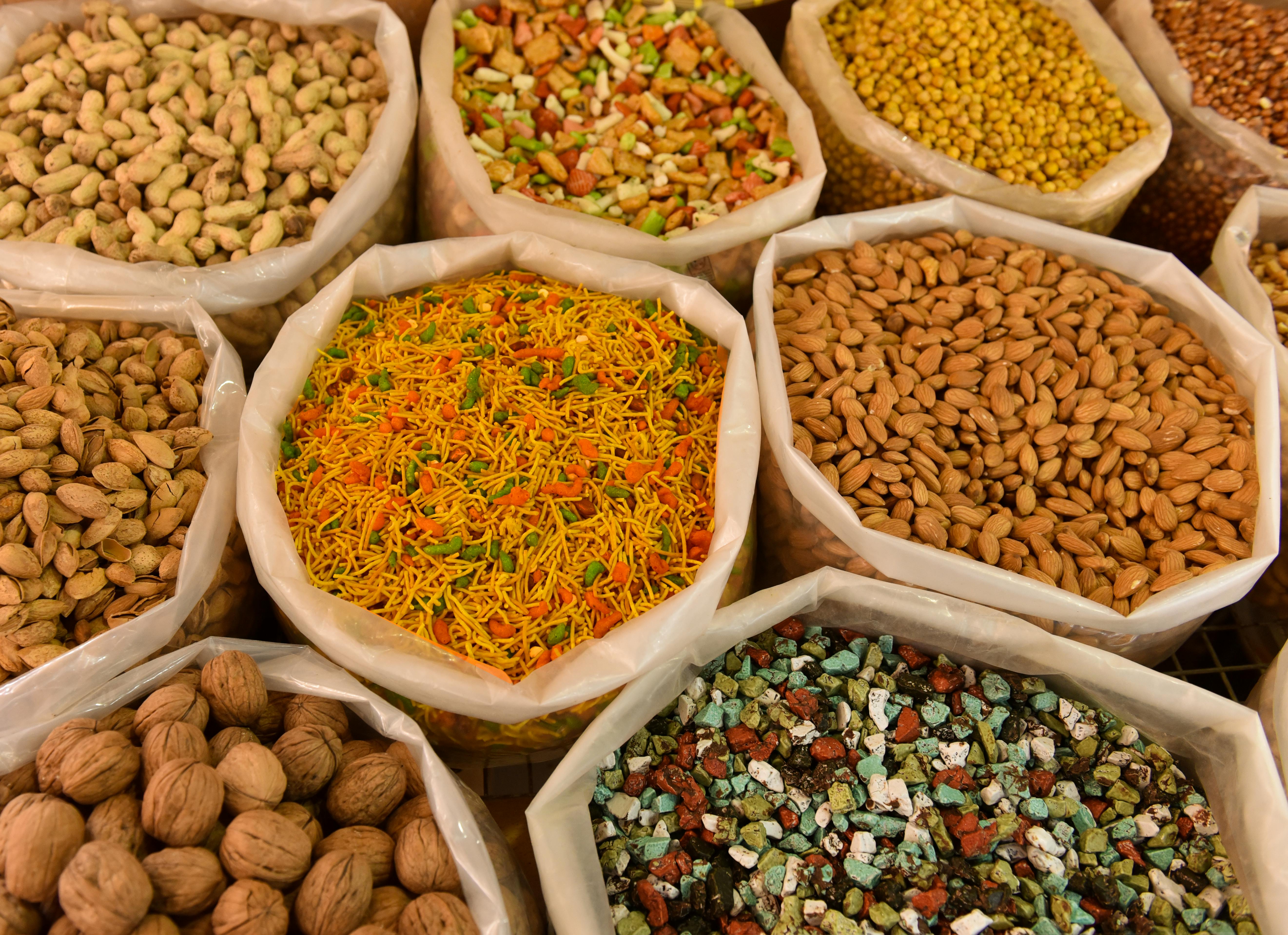Batch distillation is a form of distillation that is carried out in batches, meaning that the distillation process is repeated multiple times before the desired result is achieved. In this process, a mixture of liquids and/or solids is heated to separate the components by means of evaporation and condensation. Batch distillation can be used for a variety of applications such as purification of liquids, fractionation, and recovery of volatile substances. It can also be used to separate different mixtures of liquids with different boiling points. Batch distillation has the advantage that it can be adapted to suit any particular application by adjusting the temperature, pressure, and other factors.Batch distillation is a process of separating liquids from a mixture by boiling them and condensing the vapors. It is a form of distillation that is performed in batches with the mixture placed in a still and heated until the desired components vaporize. The vapor is then condensed and collected for further purification. Batch distillation is used to separate mixtures that have boiling points that are close together, such as ethanol and water.
Advantages of Batch Distillation
Batch distillation is a valuable and cost-effective technique used to separate liquid mixtures. It is a widely used industrial process for the purification of liquids and has numerous advantages over other forms of distillation. Some of the main benefits of batch distillation include its relative simplicity, low capital investment costs, and the ability to produce high purity products.
The process of batch distillation is relatively simple and does not require complex equipment, making it easy to use and maintain. As a result, it does not require a large capital investment, making it an attractive option for many industrial operations. Furthermore, since the process does not require continuous operation or production, it can be stopped at any time without compromising on product quality or purity levels.
Batch distillation also provides higher purity levels than other forms of distillation, including fractional or continuous distillation processes. This is due to the fact that in batch distillation, the components are separated one at a time in different batches allowing them to be separated more effectively and efficiently than in fractional or continuous processes. This allows for higher
Batch Distillation
Batch distillation is a process used to separate a liquid mixture of two or more components into its individual components. It is a common and economical method of separating components of a mixture and is commonly used in the production of alcoholic beverages, essential oils, flavorings, and other products. The process involves the evaporation of one or more components from the mixture at different temperatures until all components have been separated. The distillate is then cooled and collected for further processing. Batch distillation typically requires multiple stages to achieve complete separation.
The main components of batch distillation are the still pot, condenser, reflux chamber, collection vessel, and heat source. The still pot is where the mixture is heated and vaporized. In order to achieve complete separation of the components in the mixture, multiple still pots may be required. The condenser cools the vapors from the still pot to form liquid droplets which can then be collected in a collection vessel such as a flask or jar. The reflux chamber allows for partial condensation of vapors which increases efficiency by allowing some of the vapors to be recycled back into the still
Batch Distillation
Batch distillation is a process of separating a mixture of liquids by the use of vaporization and condensation. It is a very useful tool for refining mixtures, as it can separate components based on their relative volatility. Batch distillation is used in many industries, including pharmaceuticals, chemicals, food processing, and petrochemicals. In this process, a vapor-liquid equilibrium is achieved in the batch distillation system and the mixture components are separated from one another. The composition of each component in the mixture can also be adjusted with the help of this process.
Operation of Batch Distillation
The operation of batch distillation consists of several steps that need to be performed in order for the desired separation to be achieved. Firstly, the feedstock must be heated so that vaporization can occur. Then the vapors are passed through a condenser which cools them down so they can condense back into liquid form. This process is repeated until equilibrium is reached between the two phases. The next step involves collecting the condensed liquid fraction and redistilling it to achieve further purification and
Types of Batch Distillation
Batch distillation is a form of fractional distillation used in laboratory and industrial settings. In batch distillation, a mixture of substances is heated in a vessel until one or more components vaporize, and the vapor is condensed into a liquid. The condensate is then collected and separated from the original mixture. Batch distillation can be used to separate complex mixtures into their individual components. There are several different types of batch distillations which can be used depending on the desired outcome.
The most common type of batch distillation is simple batch distillation, also known as binary or two-component separation. In this type of distillation, only two components are separated from each other using heat and condensation. This type of distillation produces a relatively pure product since only two components are present in the mixture.
Multi-component batch distillation is another type of batch distillation that can separate multiple components from each other. This type of process requires multiple heating and cooling steps in order to achieve the desired separation. The resulting product is not as pure as that produced by simple batch distillation but may still be suitable for

Batch Distillation Design Considerations
Batch distillation is an important unit operation in the processing of liquid mixtures. It involves the separation of two or more components from a mixture that is thermally stable. The design of batch distillation systems requires careful consideration of several factors, including the desired product purity, energy efficiency, safety, and cost.
Product Purity
The desired purity of the separated product is an important factor in determining the design of a batch distillation system. The degree of separation required between the components depends on the application and end use for the product. Generally speaking, higher levels of purity require more elaborate designs with multiple columns and/or other auxiliary equipment such as condensers and pumps.
Energy Efficiency
Energy efficiency is another critical factor in batch distillation design. The goal should be to maximize energy efficiency by optimizing the temperature and pressure profiles throughout the system. This can be achieved through careful selection of reboilers, condensers, and other equipment. Additionally, energy recovery techniques such as heat exchangers can further improve efficiency by reducing energy
Step 1: Collection of Feedstock
The first step in batch distillation is to collect the feedstock. This is the material that is to be distilled. The feedstock should be collected in an appropriate container, such as a tank or drum, depending on the size of the distillation. The feedstock must then be filtered and preheated before it is ready for distillation.
Step 2: Placement of Distillation Apparatus
Once the feedstock is collected, the next step in batch distillation is to set up the distillation apparatus. This involves placing a boiler or still at the bottom of the apparatus and connecting it to a condenser at the top of the apparatus. The still should be filled with water and heated until it reaches boiling point. Once boiling has begun, a thermometer should be placed in order to monitor temperature throughout the process.
Step 3: Addition of Distillate
The next step in batch distillation is to add distillate into the still. This can either be done manually or by using an
Troubleshooting and Maintenance for Batch Distillation
Batch distillation is a complex process that requires proper troubleshooting and maintenance in order to ensure optimal performance. The most common problems encountered in batch distillation are foaming, carryover, reflux, temperature control, and feed rate. Troubleshooting these issues requires an understanding of the underlying causes of the problem as well as the ability to recognize the symptoms and take corrective action. Proper maintenance is also important to keep the system running efficiently. Regular cleaning and calibration of components can help prevent costly downtime due to malfunctioning equipment.
Foaming is one of the most common issues encountered in batch distillation systems. It occurs when bubbles form on the surface of liquid due to high temperatures or mechanical agitation. This can lead to uneven product distribution or loss of product quality due to entrainment of air into the process. To prevent foaming, it is important to adjust temperatures accordingly and maintain a clean working environment. Additionally, proper agitation should be used when needed to minimize bubble formation.
Carryover is another problem that can occur during batch distillation processes. It

Conclusion
Batch distillation is an essential process in many industries. It is used for separation, purification, and concentration of liquid mixtures and for the production of high-purity products. Batch distillation is a complex process requiring careful design of equipment and operating conditions. It requires careful consideration of the different thermodynamic and kinetic aspects of the distillation process. Although batch distillation is often more expensive than continuous distillation, it can be used to produce products with higher purity or with special properties that can not be obtained using continuous distillation. Therefore, batch distillation has an important role in many industrial processes.
Overall, batch distillation is a widely used separation technique that has its advantages and disadvantages when compared to other separation processes. Its application in various fields highlights its versatility, while its ability to produce high-purity products makes it highly desirable for certain applications. Therefore, knowledge about batch distillation and its characteristics is important for successful separations in industries that rely heavily on this technique.

